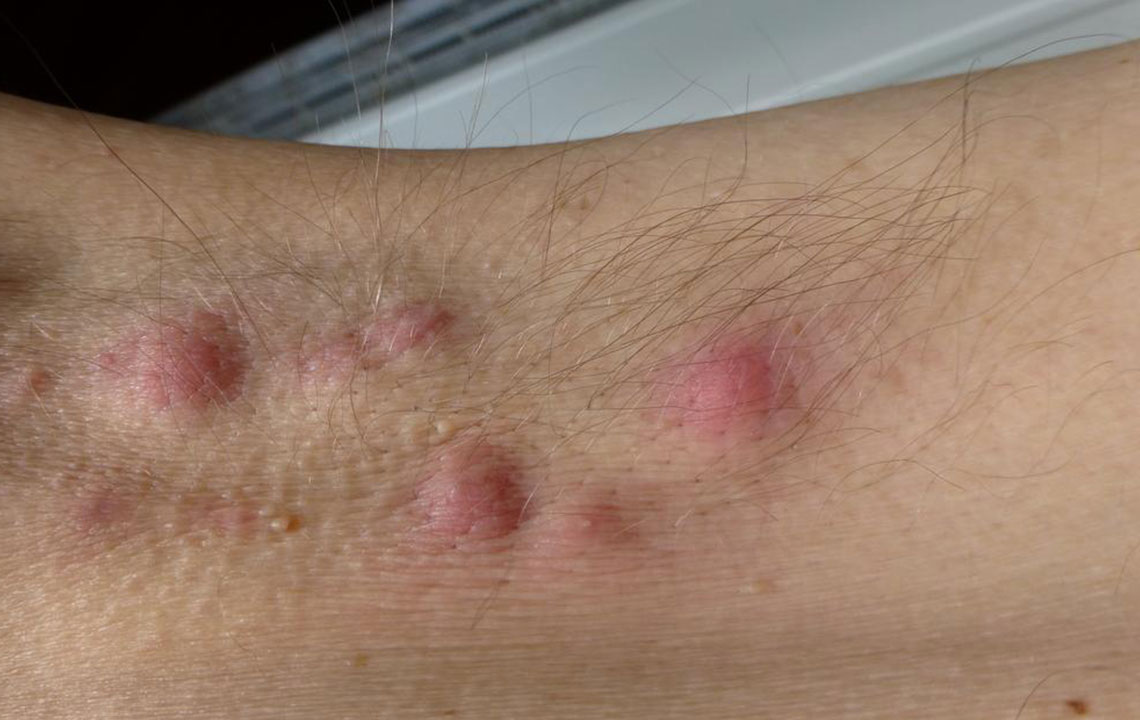Effective Strategies for Managing and Healing Bell’s Palsy
Learn about effective treatments and home remedies for Bell’s palsy. Early diagnosis and medical intervention can promote quicker recovery. Understand symptoms, causes, and strategies to manage this condition and regain facial function swiftly.
Sponsored

Managing and Healing Bell’s Palsy: Treatments and Recovery
Bell’s palsy is caused by inflammation or swelling of the facial nerve, leading to paralysis on one side of the face. While the exact cause remains unknown, factors like herpes simplex virus, HIV, Lyme disease, and neurosarcoidosis can contribute. Risks include pregnancy, diabetes, lung infections, and family history.
Recognizing symptoms early is crucial:
– Sudden facial paralysis
– Facial drooping and difficulty with expressions
– Excessive drooling
– Heightened sensitivity on one side
– Altered taste and changes in tear and saliva production
If these symptoms appear, seek immediate medical attention to prevent full paralysis.
Most individuals recover from Bell’s palsy without intervention, but medical treatment can accelerate recovery. A doctor typically recommends two types of medication:
– Corticosteroids to reduce nerve inflammation and swelling, ideally taken at symptom onset
– Antiviral medications if a viral infection is suspected as the cause
OTC remedies like ibuprofen or acetaminophen can also help relieve pain.
If you prefer home remedies or want to avoid medical costs, consider treatments such as:
Gentle facial massage
Applying warm, damp compresses to soothe discomfort
Facial muscle exercises guided by a physical therapist to stimulate nerve recovery
Recovery duration varies, typically taking between two weeks to six months, depending on nerve damage severity and underlying causes.






